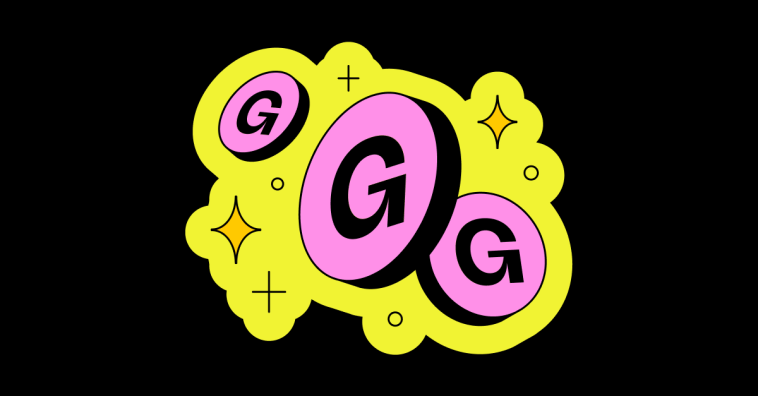The rise of AI tools has completely changed how people create and publish books. From brainstorming ideas to writing full drafts, AI makes it easier than ever to produce content fast.
But there’s one big question every new creator asks: Can I legally publish AI-generated books on Amazon KDP?
The short answer is yes—you can. But there are some very important rules you need to follow to stay compliant with Amazon’s policies and copyright laws.
I’ve seen many people rush into AI publishing, only to have their accounts flagged, books removed, or royalties withheld because they didn’t understand the legal side of things.
So in this post, I’ll walk you through how to create and publish AI-assisted books on KDP legally, safely, and ethically.
Why This Matters Now
AI publishing isn’t a trend—it’s a transformation. Amazon KDP (Kindle Direct Publishing) is home to millions of books, and every day, new titles are being written with help from tools like ChatGPT, Claude, and Jasper.
But as this technology grows, Amazon and copyright regulators are paying closer attention to transparency, originality, and quality.
If you want your AI books to last on KDP—not just pop up and disappear—you need to treat this like a real publishing business.
That means knowing where AI fits into your workflow, when to disclose its use, and how to avoid legal or ethical traps.
How do I Create AI Books on KDP Legally?
Step 1: Understand Amazon’s AI Content Policy
In 2023, Amazon officially introduced rules about AI-generated content on KDP. They now require authors to disclose whether their book contains AI-generated text, images, or translations.
When you upload a new book, you’ll see a section asking:
“Does your book contain AI-generated content?”
Here’s how it breaks down:
AI-generated content means text or images that were created entirely by an AI tool.
AI-assisted content means you used AI to brainstorm, outline, or edit, but you wrote and controlled the final version yourself.
You only need to disclose if your book includes AI-generated material (not AI-assisted).
For example:
If you use ChatGPT to write the entire story or nonfiction book → you must disclose it.
If you use ChatGPT to help outline your book or improve your writing → no disclosure needed.
This simple step is what keeps your publishing legal and transparent. Hiding AI use can lead to penalties or bans on your KDP account.
Step 2: Make Sure You Have the Rights to Publish
This is where many creators get it wrong. Just because an AI tool creates text or images doesn’t mean you automatically own full rights.
When you use AI platforms, always check their terms of service. For example:
ChatGPT (OpenAI): You own the output you create, but you’re responsible for ensuring it doesn’t infringe on copyright or violate laws.
Midjourney or DALL·E: You can use the generated images commercially if you have a paid plan, but not if you’re on a free one.
To keep things legal:
Only use AI tools that grant commercial rights for their outputs.
Avoid generating content based on copyrighted material (like “write a story like Harry Potter”).
Keep records of your prompts and outputs. This helps prove authorship if a dispute ever arises.
Step 3: Don’t Publish Raw AI Content
Here’s the truth—Amazon’s main issue with AI books isn’t the use of AI itself, it’s the lack of quality control.
Many creators dump raw, unedited AI text onto KDP, leading to poor reader experiences and growing mistrust in the platform.
If you want to create AI books legally and successfully, you must add genuine human input.
Here’s how I recommend doing it:
Use AI for structure, not substance. Let it help you outline chapters, brainstorm examples, or draft a starting point.
Rewrite everything in your own voice. Think of AI as your writing assistant, not your ghostwriter.
Fact-check everything. AI can invent details (known as “hallucinations”), especially in nonfiction.
Add personal insights. Real experiences, opinions, and stories make your book authentic—and legally defensible.
Once your book reads naturally, factually, and reflects your creative input, it’s no longer just “AI-generated”—it becomes a true collaboration.
Step 4: Handle AI-Generated Images Correctly
Visuals matter, especially for children’s books, covers, and workbooks. But AI-generated art comes with its own legal gray areas.
If you’re using tools like Midjourney, Leonardo AI, or DALL·E, make sure:
You have the commercial rights to use and sell the image.
You disclose AI-generated art during KDP upload (Amazon requires it).
You avoid prompts that copy existing styles or characters (e.g., “draw in the style of Disney”).
A smart approach is to combine AI art with human editing—for example, using Photoshop or Canva to add text, adjust backgrounds, or modify colors. That way, you make the final design your own.
Step 5: Keep Metadata and Titles Honest
Amazon reviews your book’s metadata (title, subtitle, keywords, and description). If your book’s title or description misleads buyers, your listing can be removed.
Avoid writing things like:
“Written entirely by AI” if you didn’t actually use AI that way.
“The official guide” unless you’re authorized to represent a brand or entity.
Instead, focus on the value your book provides, not how it was made. Readers care more about what they’ll learn or experience than whether a robot helped write it.
Step 6: Copyright and ISBN Basics
Here’s something important—you can copyright AI-assisted work, but not AI-generated work (at least in most countries, including the U.S.).
That means:
If you used AI to help write but significantly edited, rewrote, and added your own creative touch → you can claim copyright.
If the entire text was generated by AI with minimal human input → it likely isn’t copyrightable.
When registering your copyright or applying for an ISBN, you can describe your work as “AI-assisted” if that’s accurate. Transparency here builds trust and protects you from future disputes.
Step 7: Build Long-Term Trust with Readers
People are becoming more aware of AI-generated content, and trust is becoming a key factor in book sales. If you’re open about your process and prioritize quality, readers will support you.
Here are a few ways to do that:
Add a short author’s note explaining how you used AI responsibly.
Emphasize your human editing, fact-checking, and creativity.
Maintain consistent quality across all your titles—no shortcuts.
Remember: success on KDP isn’t just about speed. It’s about sustainability.
FAQs
Can I make money from AI-generated books on Amazon?
Yes, you can, as long as the content meets Amazon’s quality standards, follows their AI disclosure rules, and doesn’t violate any copyrights.
Do I need to mention “AI” in my book title or description?
No. You only need to disclose it during the upload process—not publicly in the title or blurb.
What happens if I don’t disclose AI-generated content?
Amazon can suspend your KDP account or remove your books. Always disclose honestly to avoid issues.
Can I use free AI tools for commercial publishing?
Be careful. Many free versions of AI tools don’t grant commercial rights. Always check the fine print before publishing.
How can I make my AI book unique?
Combine AI drafts with your personal experiences, insights, or data. The more human your voice sounds, the more readers will connect with it.
Final Thoughts
Creating AI books on KDP legally isn’t hard—it just requires responsibility. I see AI as a creative partner, not a shortcut.
When used wisely, it can help you publish faster, think bigger, and share ideas you might never have written alone.
But the real key is honesty and craftsmanship. Don’t hide your use of AI, and don’t rely on it blindly. The best AI books are the ones where human creativity still leads the way.
So, if you’re thinking about publishing your first AI-assisted book—what story, lesson, or idea would you bring to life next?




GIPHY App Key not set. Please check settings